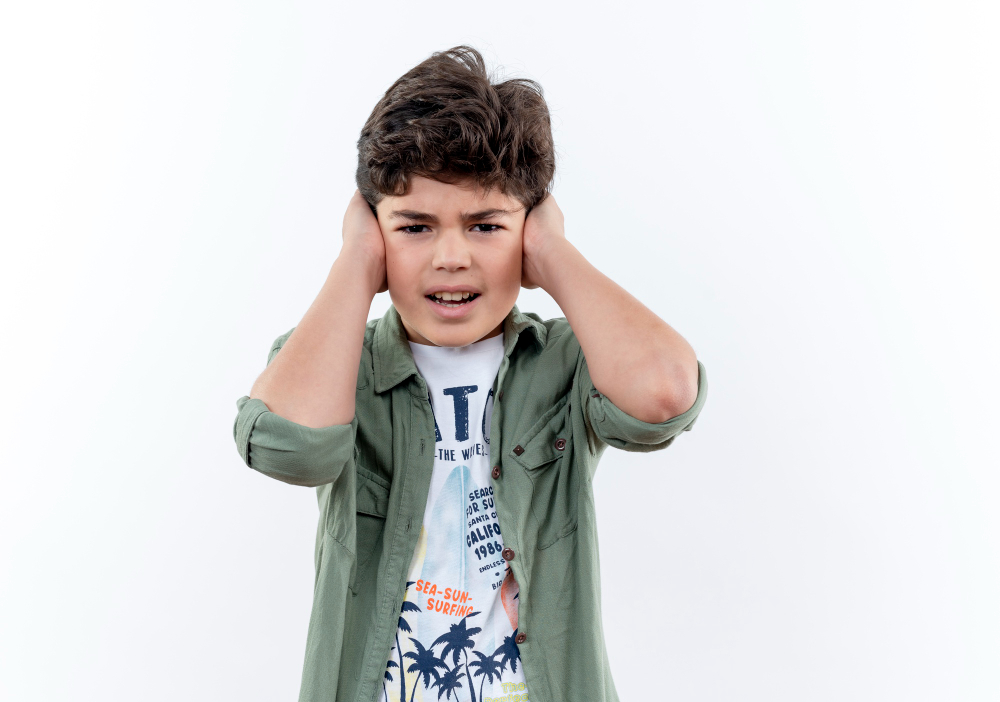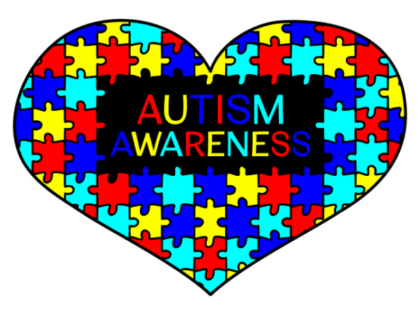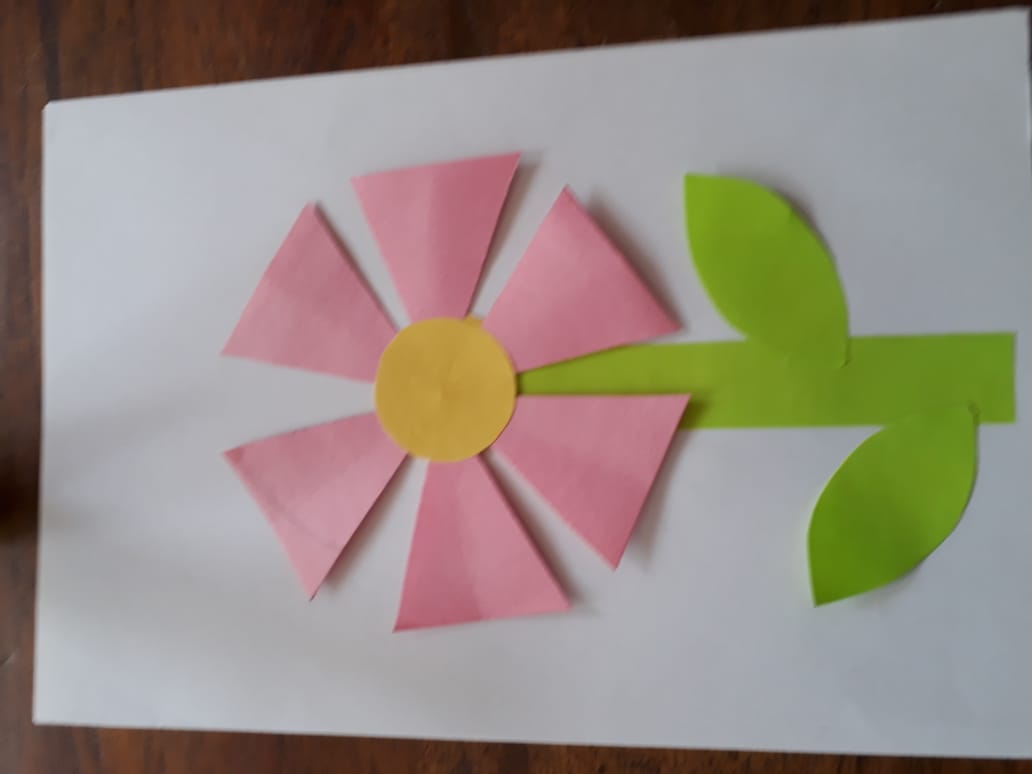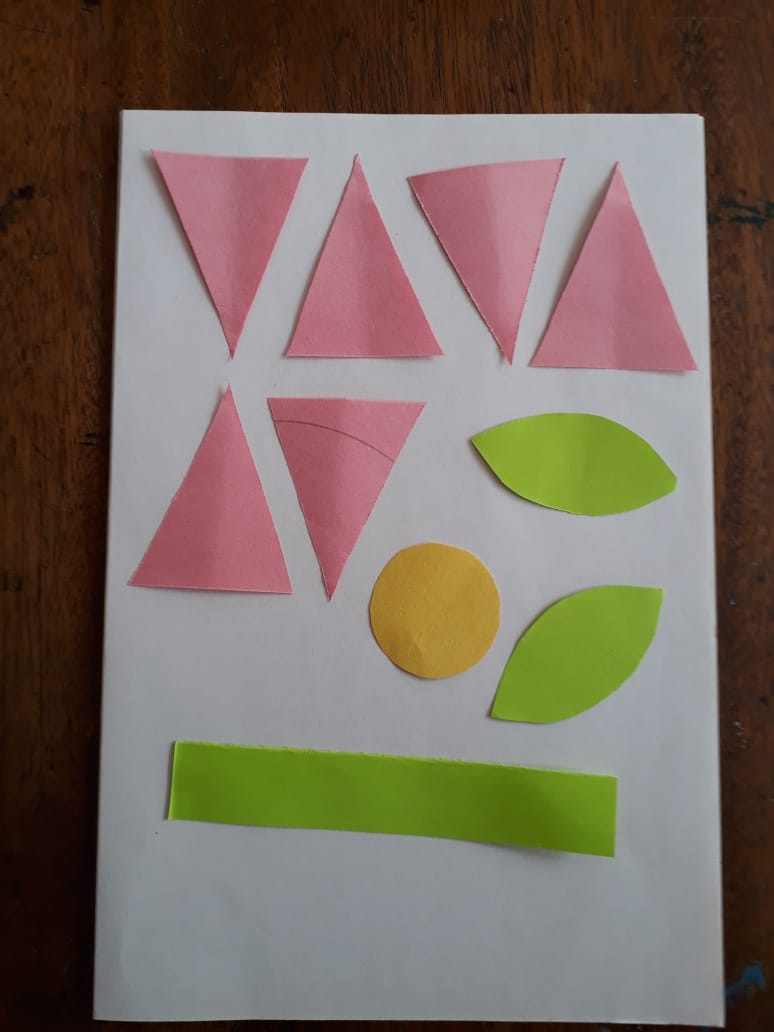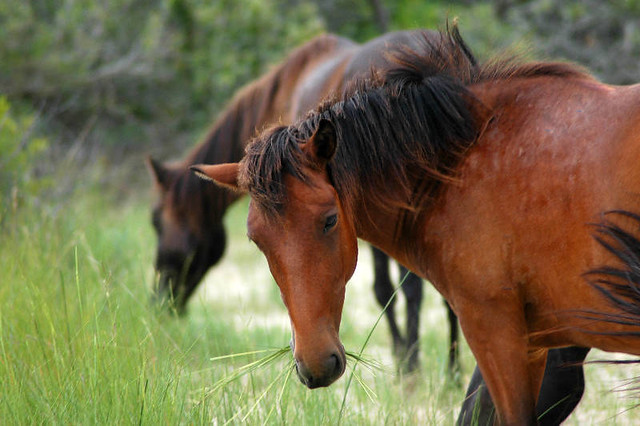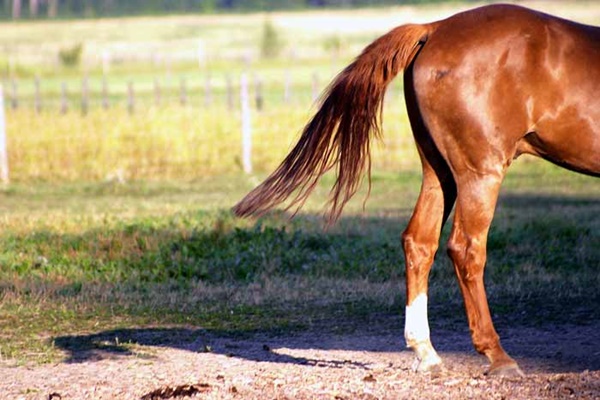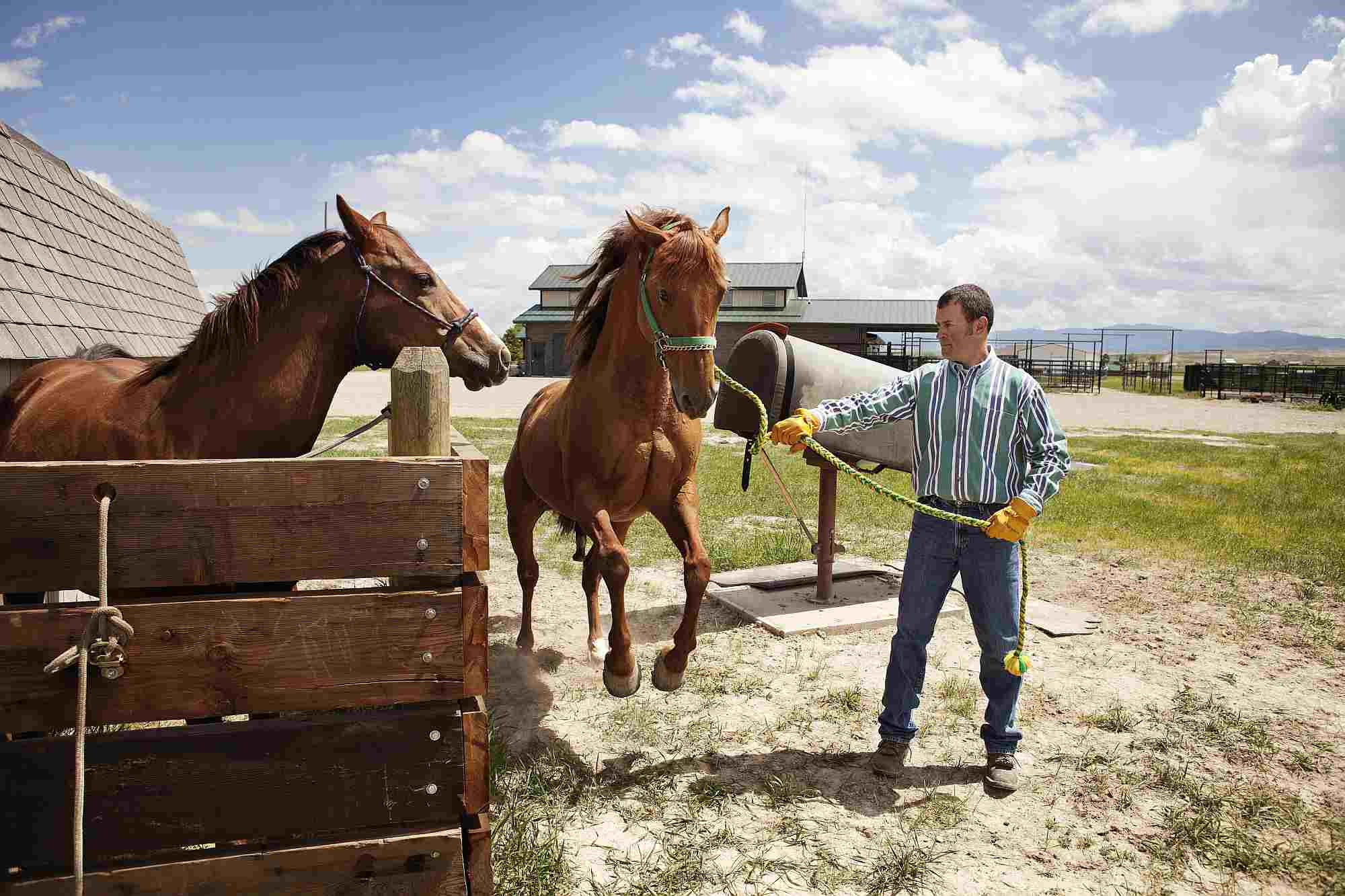Trust us, Zenith knows how hard and complicated parenting can become.
Parenting is a complex and challenging task that requires patience, love, and understanding. While most parents do their best to raise their children, there are certain harmful behaviours that they tend to practice, ones that they may not even recognize as negative. There are the popular disputes we always hear about, like discussions on not neglecting your kids and the sharing/not sharing of ‘lixx’. Everyone has their own opinion about those, and perhaps Zenith will share our view on those practices in another post. However, in this one, we will explore some of those behaviours that may get disregarded in conversations, and explain how they generally affect children’s maturation.
Emotional Abuse
Emotional abuse involves any behaviour that harms a child’s self-esteem or emotional well-being. Common examples of emotional abuse include constant criticism, rejection, and humiliation. We all know that it is frowned upon to say outright hurtful things to our kids, but we must be aware that even subtle comments we make to our children, may have a similar effect. Have you ever heard someone say to their child, “Like you getting fat/ you putting on size!”? Such comments are normalized and dismissed in our society, but that does not mean it isn’t harmful to children’s self-esteem. These ‘little’ things are perceived as MASSIVE by children because they haven’t yet experienced enough to have the broader perspective adults possess. Children who experience emotional abuse may struggle with trust issues, and their self-esteem may have difficulty forming healthy relationships.
Solution
- Positive reinforcement and emotional support. Parents are generally the primary providers for their children, which includes providing an environment that is loving and stable. The effects of this type of abuse may not present themselves physically, but they deeply scar children in ways that only increase in complexity as they age. Creating a space that is supportive and positive, fosters a healthy relationship between you and your child. This also lays the foundation for them to engage in other healthy relationships as they mature since they now have an example to refer to.
Overprotectiveness
Is there such a thing as over-protecting?!
YES! There is, unfortunately, and it can have super negative impacts on a child’s development.
As parents, we love to protect our kids, it’s natural. However, overprotective parents may prevent their children from exploring the world and developing independence, leading to anxiety, low self-esteem, and a lack of confidence. The worst thing is, parents usually develop this habit without even realizing it!
Solutions
- Identify and address the root cause of this habit in the parent. This can stem from various factors such as anxiety, past trauma, or a desire for control. Just knowing the issue isn’t enough though, we must also work through these issues either by ourselves or with assistance from a professional or family/friend.
- Encourage independence and open communication between you and your kid. Zenith understands that there is always a fear that our children will make mistakes and take risks. It’s almost instinct to want to protect them from these potential struggles, but these experiences and decisions are essential in developing the confidence they need to navigate the world.
- Become okay with your kids making mistakes. Having slip-ups is a fundamental part of life. Think about it, without making mistakes, we wouldn’t know half the things we do as adults. Of course, protecting them from life-threatening dangers is the parent’s responsibility, but while using discretion, we must let go, and let them gather their knowledge first-hand.
Lack of Boundaries
A lack of boundaries is a dynamic that can unknowingly develop between a parent and child but this can cause confusion and insecurity in the child. Every parent wants to be close to their kids, but they must always be a clear and definite line between an adult and a child. Having a lack of boundaries can include behaviour that ranges from the sharing of inappropriate information, lack of privacy, or inappropriate physical contact. Parents who fail to set clear boundaries may inadvertently encourage negative behaviours, such as aggression or disrespect from their kids towards other children/adults. Also, children who do not learn boundaries may struggle with self-discipline and may have difficulty forming healthy relationships throughout their lives.
Solution
- It’s obvious that the solution to a lack of boundaries is the establishment of healthy boundaries, but what does that even mean? If we haven’t previously been exposed to that in our relationships, where do we draw the line? It’s an ongoing process that requires open communication, mutual respect and consistency. By setting clear rules and consequences, respecting privacy, encouraging independence, and seeking professional help when needed, parents can succeed in creating a supportive and nurturing environment for their children to thrive.
Overall, there are many harmful parental behaviours that can negatively impact a child’s development and we have only mentioned three. It is so important for parents to be aware of these behaviours and to strive to avoid them. This would be the first step in improving their relationships with their children. Please note that getting help does not show their inadequacy as a parent, but rather their dedication to providing the best environment for their children’s growth. Parents will not get everything ‘right’, but putting in an effort to change your behaviours into one that sustains a healthy and happy childhood for your children is immensely valuable. By promoting healthy and positive parenting practices, parents can help their children grow into happy, healthy, and well-adjusted adults.


